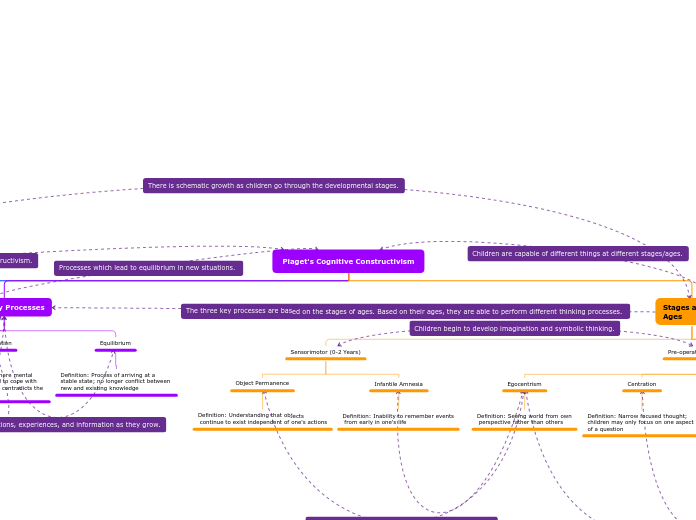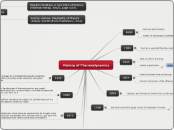door MacNeil Ella 2 jaren geleden
179
Equilibrium
The state of equilibrium in a chemical system is determined by factors such as enthalpy, entropy, and their interplay. Enthalpy, denoted as ΔH, is related to the internal energy and pressure changes within the reaction system, indicating whether a reaction is exothermic or endothermic.









